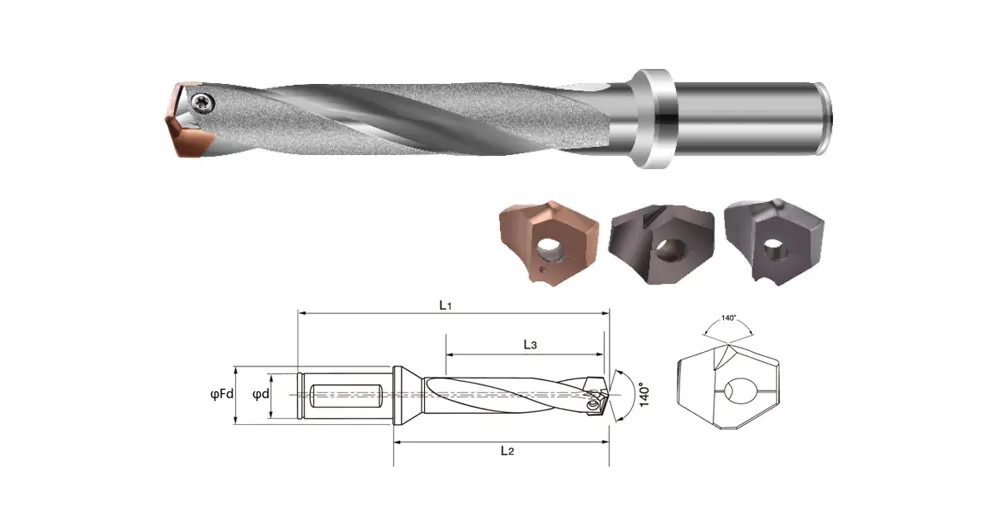Taper shank twist drills are a mainstay in many manufacturing and engineering settings. Their reliability and design make them useful for drilling through hard and soft materials alike. However, to ensure consistent operation, proper care and maintenance are important.
Before using a taper shank twist drill, it is essential to check for any signs of wear on the cutting edges. A dull drill not only reduces performance but also places unnecessary strain on machines. Sharpening the drill at the correct angles and with suitable tools helps maintain accuracy and reduces the risk of surface damage to workpieces.
Equally important is inspecting the taper itself. The surface must be clean, smooth, and free from rust or oil buildup. Even small imperfections can affect how the drill seats in the machine, leading to misalignment or wobble. A properly seated drill ensures steady rotation and uniform hole dimensions.
During operation, the use of coolants or cutting fluids can prevent overheating. Excessive heat may cause material fatigue in both the drill and the workpiece. Lubricants also assist in chip evacuation and preserve the sharpness of the tool’s edge.
Storage is another factor to consider. Taper shank twist drills should be stored in racks or holders that prevent contact with other metal tools. This avoids chipping or nicks that could compromise the taper or cutting edge. Covering the tools when not in use adds protection from dust and moisture.
When removing the drill from the spindle or sleeve, it’s best to use the proper drift key or removal tool. Forcing the drill out with makeshift methods could damage the taper or affect its future usability. Regular inspection and cleaning of both the drill and spindle contribute to longer service life.
By following these guidelines, users can ensure their taper shank twist drills remain reliable tools. With basic care and thoughtful usage, these drills continue to deliver consistent results in demanding machining tasks.
